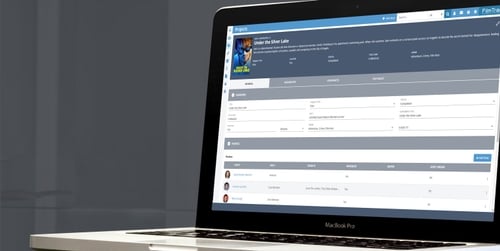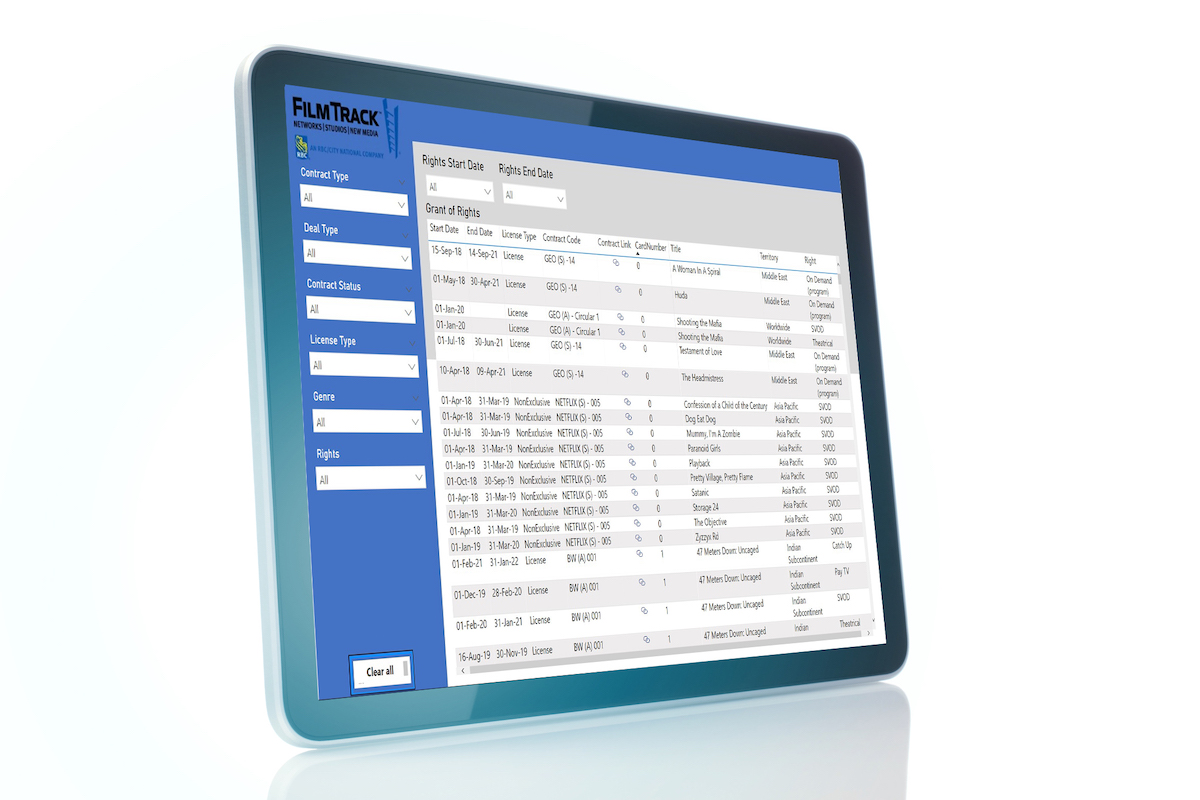If you are using legacy software to manage your entertainment rights, you could be missing out on revenue optimization opportunities - finding and capitalizing on avails as soon as possible, OR putting yourself at risk by missing overlaps or payments. Why? Because some legacy systems, whether spreadsheets, home grown, or purpose built solutions, are missing features needed today.
Why Legacy Systems Linger
When businesses invest in technology, they often believe they must use it for a certain period to recover their investment. This, among other challenges, is why many are hesitant to replace or upgrade systems. Although switching from a legacy system can be challenging, expensive, and time-consuming, upgrading to a modern entertainment rights management system is critical to keep pace with the complexity of distribution.
The benefit of working with a modern platform is that it can handle multilayered functions without needing multiple systems or reports. Moreover, contractual rights are tied directly to financial elements to ensure appropriately detailed attribution. And integrations to financial business systems (i.e., QuickBooks) are something nearly all legacy media rights systems sorely lack.
The Challenges of Updating Your Legacy Rights Management System
Many challenges face media companies looking to update their legacy system. Some of these include:
- Change management – A systematic approach is required when transforming your technology platform. You need to implement strategies for effecting and managing change and helping your employees adapt. Because legacy users are usually comfortable with their current systems, the best way to overcome their natural resistance to a new system is to involve them in the process.
- Data migration – Efficient data migration is critical when updating a legacy system. It is essential to ensure you extract all existing data safely before loading it into a new system.
- Integrations – Legacy systems are often integrated with other information systems. You need to determine what is already integrated and if migrating everything is necessary. You must also allocate sufficient resources to ensure a smooth integration process with relatively low downtime.
While swapping legacy technology for modern systems has its share of challenges, the opportunities presented will make the transition worthwhile.
The Opportunities SaaS Gives M&E Businesses
When companies leave legacy systems behind, they frequently choose a SaaS (software as a service) model. SaaS solutions combine the functionality required for running a large business with a cloud-based operation's ease and cost savings. Some of the benefits of a SaaS environment include:
- Predictability – SaaS is a pay-as-you-go subscription system in which the customer pays the service provider a set fee to host and manage their data. There is nothing to buy or build and no upfront fees or costs for maintenance and updates.
- Security – While legacy systems require resources, time, and money to manage data, SaaS systems are hosted in a secure cloud environment that is continually monitored and defended against attacks by a dedicated team.
- Scalability – Because SaaS systems are hosted externally, enterprises can easily scale up their usage plans to match their needs. This is an enormous benefit for rights management companies with growing catalogs.
- Flexibility – SaaS systems handle API integrations that enterprises use to efficiently automate many functions, including syncing data to the cloud from various devices, across multiple time zones.
- Agility – Because little or no hardware is involved, a SaaS solution can be deployed more rapidly than on-premises solutions, with the service provider bearing most of the implementation burden.
In today's era of VOD programming, piecing together data from various platforms and spreadsheets is not practical and incredibly risky. There are complexities to licensing agreements that need to be tracked through a single platform (like FilmTrack's solution) that ties to your financial systems, bringing all the data together to help ensure you do not miss payments—or miss payments owed.
Navigating the Transition to Modern Rights Management
Selecting your technology partner is pivotal in the crucial journey from legacy systems to modern rights management solutions. Our guide, Implementing Rights Management and Royalties Software, offers essential insights into selecting the right vendor, emphasizing the importance of a thorough implementation process and holistic project management. It delves into the critical aspects of vendor selection, focusing on the effectiveness of solutions over cost and equips you with the tools to ensure a seamless transition and robust return on investment.
This guide is an indispensable resource for anyone looking to navigate the complexities of updating their rights management systems, ensuring business continuity, and staying ahead in the dynamic entertainment industry. Download to learn more!


